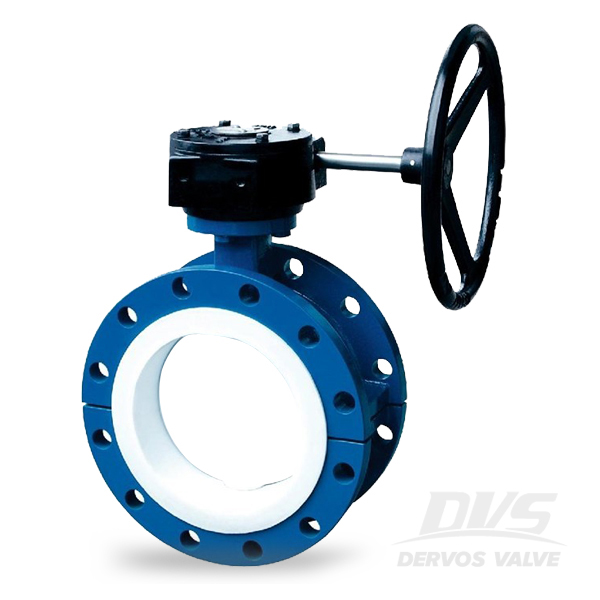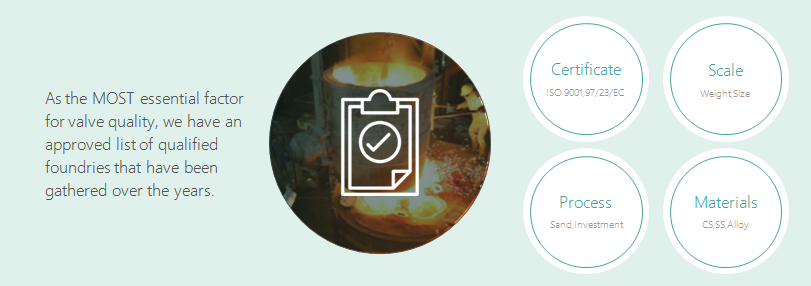Payment:
30% T/T When Order, 70% T/T Before ShipmentProduct Origin:
ChinaColor:
CustomizationShipping Port:
Shanghai ChinaLead Time:
30~55 days Ex Works After Order ConfirmationMaterial:
Ductile Iron Butterfly ValveMethod of Operation:
Manual Butterfly Valve, Gearbox Operation Butterfly Valve
Quick Detail
|
Type |
Butterfly Valve |
|
Size |
14'' |
|
Design Pressure |
150LB |
|
Construction |
Concentric Type, PTFE Lined |
|
Connection Type |
Double Flanged |
|
Operation |
Gear Operated |
|
Design Code |
API 609 |
|
Face to Face |
ASMEB16.10 |
|
End Connection |
ASMEB16.5 |
|
Test & Inspection |
API 598 |
|
Body Material |
Cast Iron GGG40 |
|
Temperature Range |
-15℃~+150℃ |
|
Application |
Water, Oil, Gas |
Related Knowledge
What is the advantage of fully lined butterfly valve?
The main advantage of lined butterfly valve is that it can handle abrasive and corrosive application at a relatively lower cost.
The PTFE or PFA flexible seat provide a zero leakage sealing performance.
Plus, the lined material PTFE has strong corrosion resistance, stable performance, low friction coefficient, which make the lined butterfly valve has a long service life.


If you are interested in our products and want to know more details,please leave a message here,we will reply you as soon as we can.